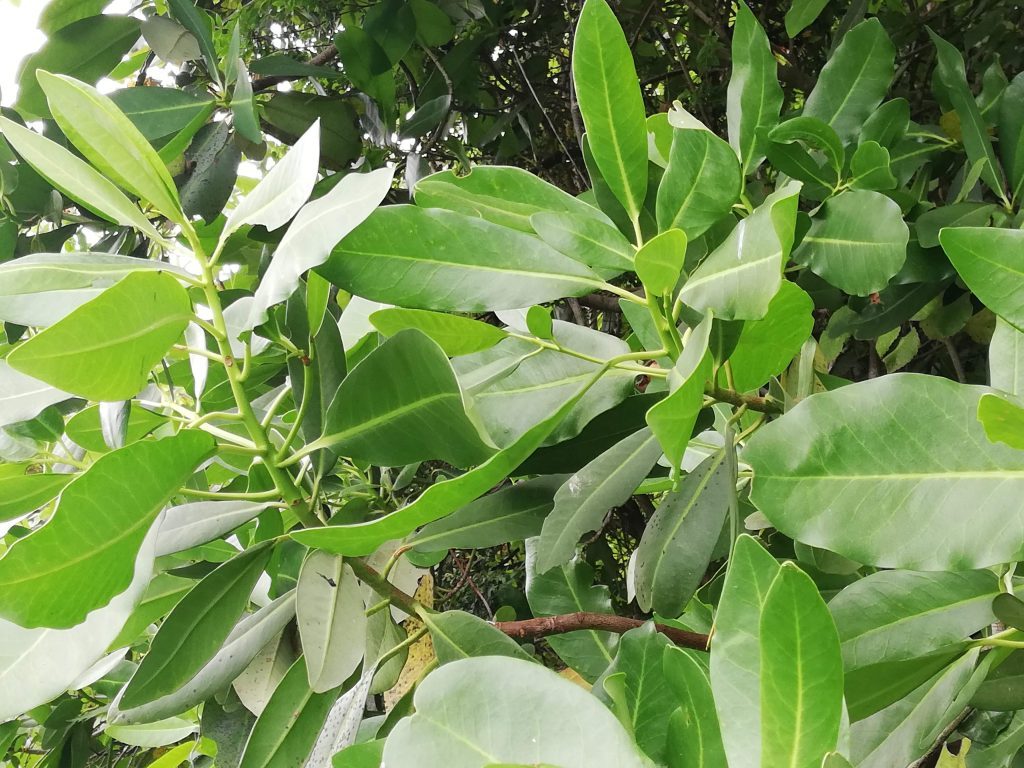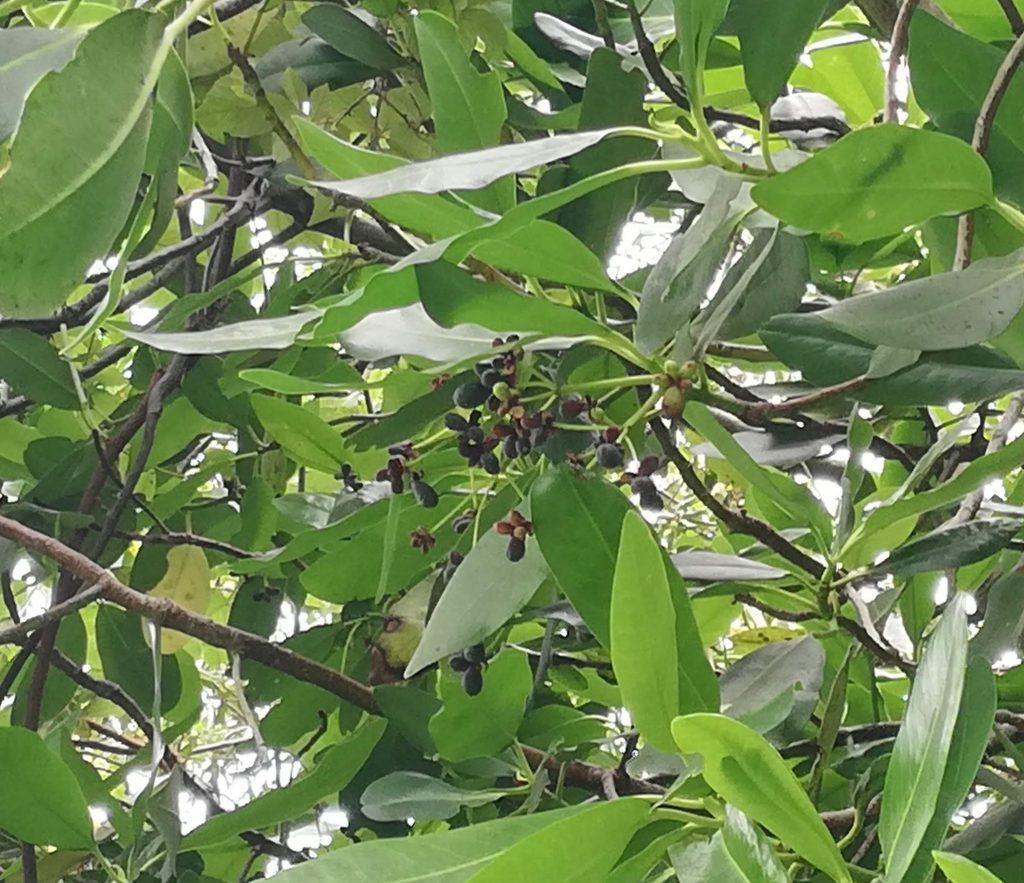Canelo is my favorite tree of those we have on the Aguapiedras land. We have only a few specimens, but I am very proud that they are there.
Canelo is originally from Chile and Argentina. In Chile, you can find the best examples on the Chiloé island, since it needs humidity for its good growth. It can grow up to 20-30 meters tall. The trunk grows straight and is round, reaching a perimeter of up to one meter. Its bark is smooth, ashy gray in color, and it is rich in vitamin C (higher concentration than citrus fruits) and tannins, in addition to essential oils. The leaves are smooth, thick and green.

Distribution
Canelo is a tree native to Chile and Argentina, in Chile it can be found from the Limarí river (Coquimbo) to Tierra del Fuego, reaching the best development on the island of Chiloé. It needs some humidity to develop well, therefore we will not find it in dry areas.
In Aguapiedras cabins in Pejerrey we can find several Canelo trees in the native forest, one can be seen at the top of the land, where the fruit trees are, on the edge of the native forest. To see more of them, you will have to enter the forest.
Appearance
Canelo is a fast-growing tree and in good conditions, it can reach up to 20-30 meters high. The trunk grows straight and is round, reaching a perimeter of up to one meter. Its smooth bark is ashy gray in color. It is an evergreen tree with smooth and thick green leaves, they can be up to 10 centimeters long. The flowers are white with a yellow center and many flowers growing together. Canelo’s fruits are small, ovoid in shape, and black in color. The wood and the leaves have a very characteristic pungent flavor and odor and therefore the tree is not used for combustion.
Sacred tree
Canelo is the sacred tree of the Mapuche (group of indigenous inhabitants of south-central Chile), they call it “foye” in Mapudungun, their native language. It can usually be found planted on altars called “rehues”. For the Mapuche the Canelo symbolizes the cosmic axis, its roots do deep into the earth in the direction of the underworld, under the roots of Canelo all weapons and differences have to be removed, therefore only truth can be said under the Canelo tree. The branches grow from the trunk in four cross-shaped units and therefore symbolize peace.

Medical uses
Its medicinal uses are very broad, both in practical application and also in its symbolic meaning that transcends the medical-shamanic field. Cinnamon bark is rich in vitamin C (higher concentration than citrus fruits) and tannins, in addition to essential oils.
Due to the vitamin C content, cinnamon bark has been used to cure scurvy in the past. A decoction is prepared with a handful of leaves and bark in a liter of water and boiled for 5 minutes.
The other proven use of Canelo is its healing and disinfecting effect; These effects make Canelo a valuable aid in wound healing. To heal wounds, you can wash with a decoction or an infusion.
A tincture can also be prepared by soaking 100 grams of leaves in half a liter of alcohol for a week and it is used for rheumatism and circulatory disorders.
If you want to know the native Chilean flora of the Achibueno and Pejerrey Nature Sanctuary sector, come and stay at our Aguapiedras cabins!